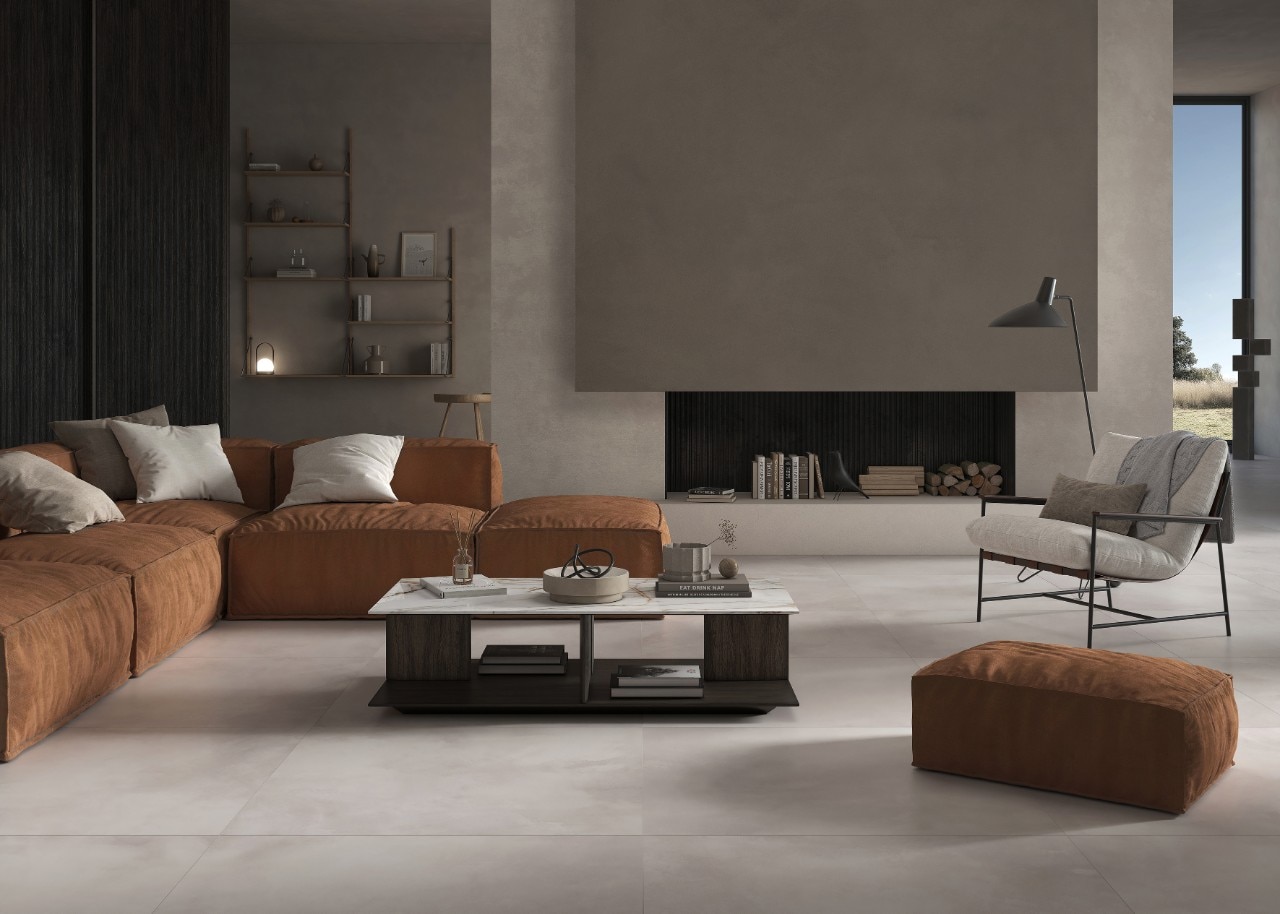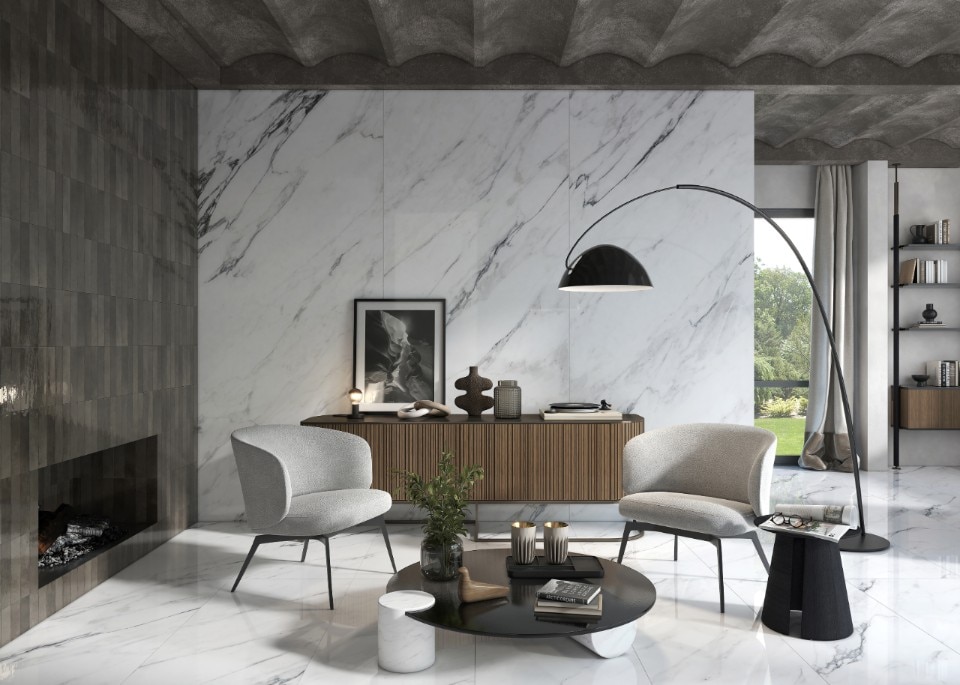Terratinta Group is one of the youngest companies established in the Modena and Reggio Emilia district. In 2010, the group takes its first steps by creating the Terratinta Ceramiche, a brand inspired by Northern European design. In 2014, the group’s horizon expands when they take over Ceramica Magica, an historical brand of Italian ceramics established in 1983, then it expands even more when in 2018 they open Sartoria, a company that specializes on color concepts and small objects, and then finally reaches its current aspect in 2019, when they welcome Micro., a young brand that focuses on architectural surfaces made in a selection of 13 colors applied to various shapes.
“My wish is to create something different that can leave a mark in the ceramic world, a world I lived in since the beginning of my career, that I knew very well, and that I wanted to change by seizing the opportunity that came from my deep knowledge of the Northern European market,” Luca Migliorini, CEO of Terratinta Group, explains. “And this is our strong suit − from the very start, we created a niche that had been barely explored, we established a brand with well-defined characteristics and a clean and linear design similar to the Nordic style but strengthened by the founding values of the ceramic district: knowledge, expertise, innovation.” The characteristic know how of this district, that juggles between craftmanship and always evolving production technologies, has been a key element for the group’s development. “A balance of tradition and innovation through which we were able to offer a full range of products, from traditional to smaller sizes, from thin sheets to decorations,” Migliorini continues. “It’s thanks to these choices that we became a recognizable and identifiable name for all the people who were looking for a new, warm minimalism, that is rich of choices of sizes and shapes, nuances and colors, a design that is not superficial but an interpretation that takes into account all the needs of livening in a space that is welcoming rather than a cover of a magazine. We are recognizable, this is our value.”
Four companies for four placements − this is the DNA of the Terratinta Group, which in 2019 has embarked on a structural journey towards improving their environmental, social, and governance performances. Migliorini explains that “the idea behind it is that today sustainability is a necessity for any company: only working for profit is not possible anymore, companies need to contribute to the common good,” and emphases how the mission of the company is to be sustainable on several fronts: internally, by reducing plastic and paper usage and compensating their emissions; and externally, by promoting initiatives for the community.
“We don’t promise to save the world, but we strive to do our best every day by taking small steps we know we can take together with our team, by paying attention to all those processes that we could do better and redesigning them with a new vision.” A path that has led Terratinta to obtain the B Corp Certification, which is not the end point for this company but part of a journey in the making. Migliorini emphasizes: “Being a B Corp company means being part of a global movement, looking beyond the limited perspective of one’s own world and opening up to an immense community. It means joining forces and committing to the creation of a community of businesses that believe in pursuing a different kind of economy that is inclusive and fair, by transforming the meaning of profit and making the purpose of their company a higher goal.”
In 2021, Terratinta opened its doors to its new headquarters, a building of 45 thousand square meters, 2,000 of which are dedicated to showrooms and offices. A space created in collaboration with EB Studio starting from a 1900s industrial building and insisting on sustainable architectural solutions regarding both the materials and the energy efficiency. “The ventilation and lighting system, the heating and air conditioning – everything is designed to have the lowest environmental impact possible,” concludes Migliorini. “We choose an external insulation in mineral wool, which, on top of increasing the energy efficiency of the building, is also a natural material and promotes the environmental well-being. All the doors and windows have been replaced with better performing ones and with new high-performance components. To increase the employees’ wellbeing, we created a room just for the printers, in this way we can keep them separated from the rest of the workstations, so the workers can avoid direct contact with the machines’ emissions. The warehouse has also been restyled in order to optimize its energy consumption and efficiency. All the obsolete light fixtures have been replaced with new generation LED ceiling lights that allow us to reduce our energy consumption by at least 30% yearly. The new lights are equipped with an integrated microwave motion sensor to detect the presence of people or forklifts, in this way the lights only turn on when necessary, avoiding needless energy waste.
Migliorini explains that the new buildings not only include workspaces but also communal spaces for the employees: a kitchen, a gym, a kids and a relax area, and a winter garden around which all shared spaces, among which the meeting room, unfold. The CEO concludes: “Everything was designed to last.”







